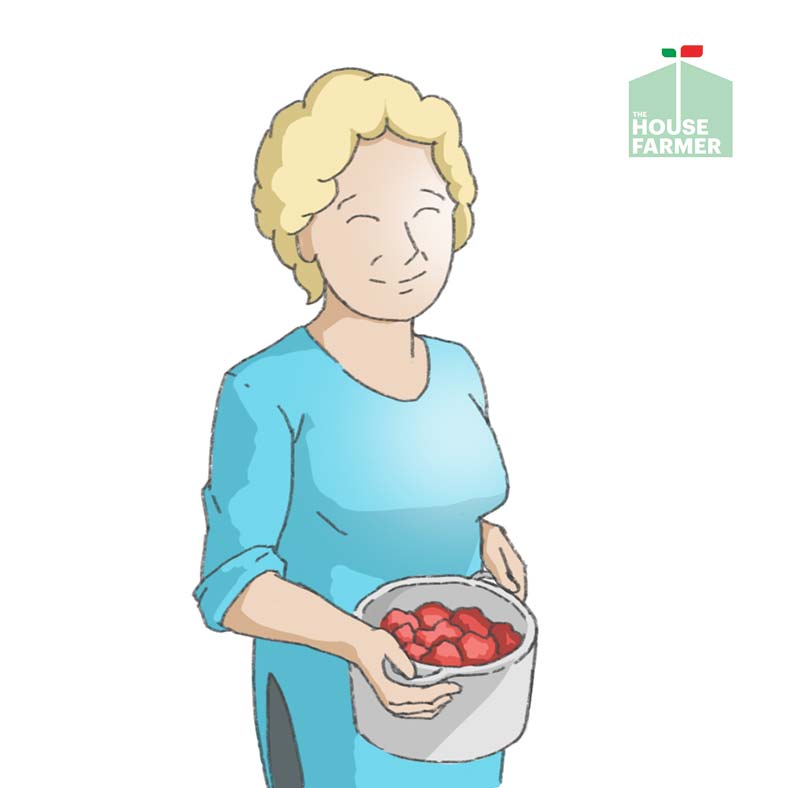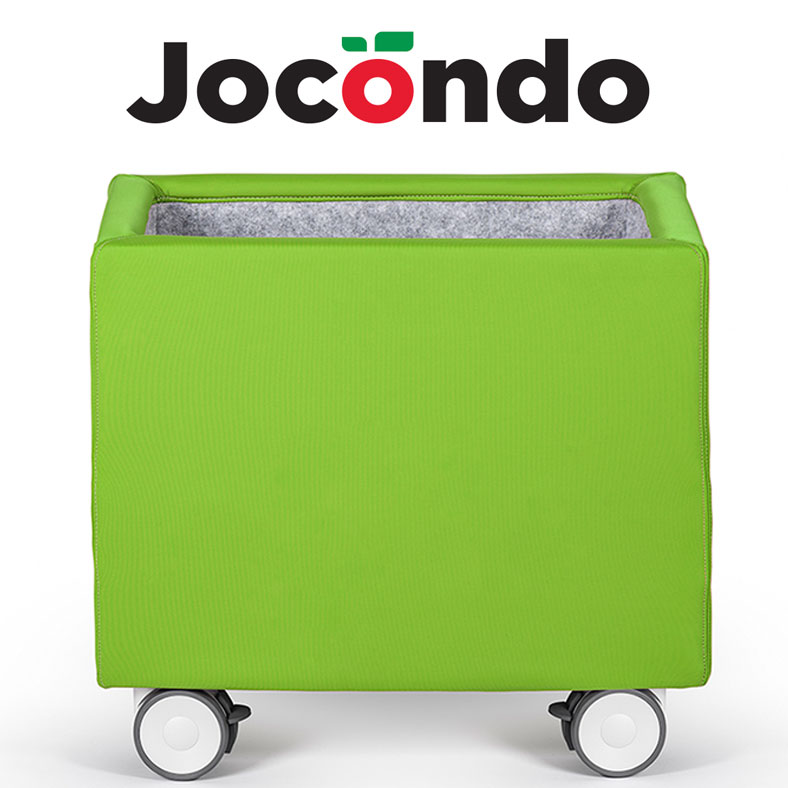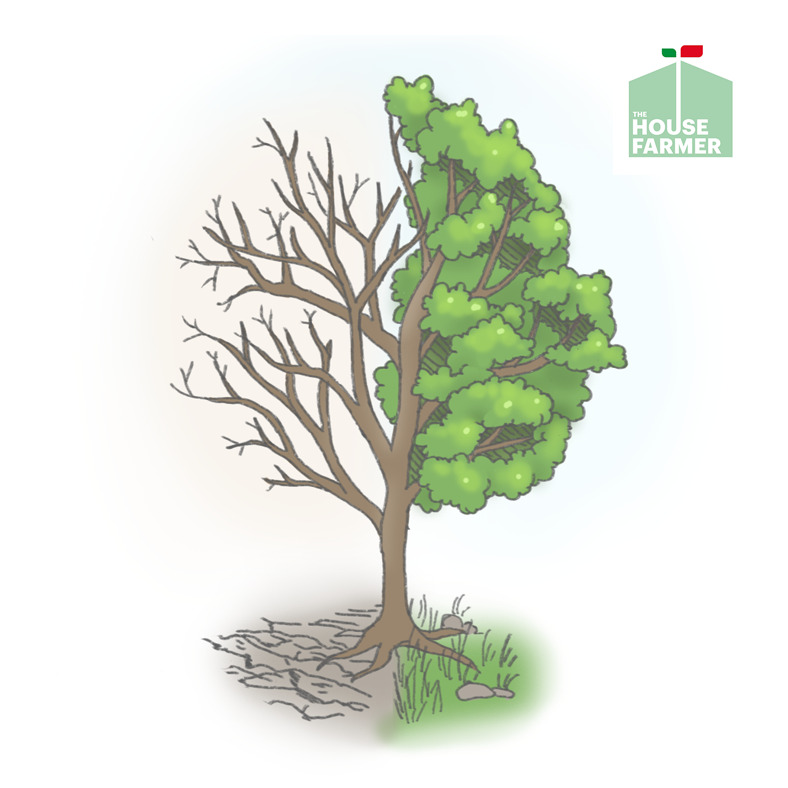
Grandma gardening tomatoes
Watching grandma gardening was one of the best moments of my childhood.
One summer, a tomato plant appeared in Grandma's garden that I had never seen before.
It was very tall; a real tree.
Nothing to do with Nonna's other tomatoes, which were, yes, very tall, but that plant beat them all.
It was over two metres tall and its name was Tamarillo.
Nonna had put it in the hottest spot in the garden and used a ladder to pick the fruit.
It was a plant that bore fruit every other year and lived in our garden for a long time. It produced delicate white flowers. Every two days, Nonna would gently shake the plant and spray the flowers to help the formation of the fruit, so said Nonna.
The fruits were oval, pinkish and very tasty.
Grandma used to say that they had to be eaten without skin and without seeds because otherwise they would give you a stomach ache.
She always told me this because she knew I was a great devourer of tomatoes.
It often happened that I would fall asleep under that huge tree addicted to its scent.
And I am convinced that he didn't mind my intrusion at all because every time I would lie down under it, he would spread its huge leaves, like a blanket.
As children we were told that babies are born under cabbage, but in my opinion, it was better to have them born under the leaves of the Tamarillo.
Grandma used them in salads but also in the oven; she would cut them in half and remove the skin and seeds. Then she would sprinkle them with sugar and sprinkle them with red wine. He would bake them in the oven for about twenty minutes and then serve them with Greek yoghurt.
Eating them was a divine experience; try it to believe it.
Like all self-respecting plants, the tomato also has its enemies and diseases.
Grandma gardening what I learned watching her
Grandma was already very careful when she started working the vegetable garden in early spring, before sowing.
Nonna always said that hygiene was the most important thing of all, so tools, boots and gloves always had to be clean and sterilised; potentially infested pots were cleaned with a 10 per cent solution of water and bleach and all infected plants were removed.
Before sowing, Nonna would dig the vegetable garden deep to remove certain worms that stay under the soil and twist around the roots, suffocating them.
One of these worms is the Moth, an inch-long caterpillar that wraps itself in a C-shape around the roots, eviscerating them. Against this worm, Nonna used blood meal. This name made a deep impression on me: blood meal.
Nonna explained to me that this flour came from the dried blood of slaughtered cows and was very rich in nitrogen, iron and carbon, so it was also very useful as a slow-release fertiliser. It smelled very bad. I asked Nonna if we could stop using this flour because I felt so sorry for the cows and then the name scared me a lot.
Grandmother smiled and from that day on I no longer smelt that stench in the garden; on the other hand, the work became more tiring because those worms had to be removed manually from the clods of earth, but I didn't care; I was happy for the cows.
Another dangerous worm was the Nematode that caused strange swellings in the roots and yellowed the leaves. It was a microscopic worm that Nonna would remove by hand and then, to keep it away from the tomatoes, she would put marigolds in the garden and once they had dried, she would push them underground. Nonna said that the dried marigolds produced chemicals that the nematodes did not like at all.
After the rains, the vegetable garden would fill up with snails. Removing them was my favourite game. For me it was a game, but for the garden it was necessary because the snails devour the leaves and fruit close to the ground.
To keep them away, Nonna used not-so-deep pots filled with beer. Or she prepared a concoction with flour, brewer's yeast and water (one tablespoon of flour, 18 teaspoons of yeast and a glass of water).
Sometimes holes appeared on the fruit caused by a striped, yellow or grey worm that burrows into the fruit. It is called Tomato Worm. To eliminate it, Grandma used a garlic macerate.
Other times, the plants would get covered with a kind of white mould. In reality, it was not mould but very fine spider webs caused by the Tomato Spider Worm. Their favourite spots were the tops of leaves and flower buds. In this case, Nonna would wash the plants with mild soap, rinse well and remove all heavily infested parts of the plant.
Another devourer of tomatoes is the Grasshopper. To keep them away, Nonna would use the water jet or spray the plants with sulphur powder. The water jet can damage the plant, so Nonna used it rarely and only when the plants were full of grasshoppers.
Beetles were also present in the garden; small, dark brown insects that eat leaves until young plants die. Grandma said that basil annoyed the beetles and so, together with marigolds, she planted it everywhere. Diluted Marseille soap can also be an excellent ally.
Fortunately, all these insects and pests that populate a vegetable garden can hardly reach the terraces or balconies, but there are some that can make it and these are the most common pests of tomato plants, namely, Aphids.
These pests, which are very common on terraces, settle on the undersides of the stems and under the leaves, suck the lifeblood from the plants and produce a sweet, sticky substance called honeydew which attracts other pests. Grandma used Marseille soap or garlic macerate.
So much effort, so much care, so much patience and a constant battle to keep the garden alive, year after year.
As if it were a child to be raised and sent out into the world.
When I think of Grandma's vegetable garden, love and nostalgia take my heart hostage.
Imitating grandma gardening style relaxes me and makes me feel like a better person
Do you remember that remote corner of the kitchen garden full of stench and strange concoctions? That was Nonna's workshop. Amid the bins of compost and various macerates of all kinds, there were stinking buckets where Nonna prepared another potion called Tomato Macerate; very powerful against aphids and other garden pests.
As I have already told you, Nonna did not throw anything away; everything could be used in the garden.
To prepare this macerate, Nonna would collect all the parts of the tomato that are not used such as, leaves, stems and the axillary leaves (the femminielli). She would use open buckets without lids and soak 2 ½ kilos of unused parts of the tomato (leaves, stems, stems) in a litre of water.
He would let it macerate for two or three days in the open air and then dilute it with ten litres of water and filter. This macerate stank terribly, but it was very effective and above all organic; it did not harm good insects like ladybirds, which are our allies in the battle against pests. Grandma applied it directly on the plant, at sunset, every three or four days.



